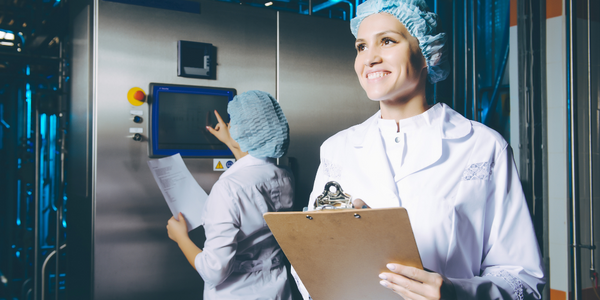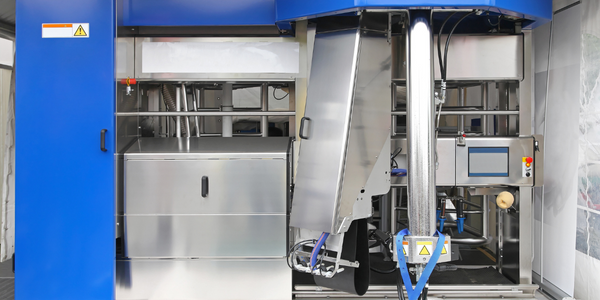技术
- 分析与建模 - 计算机视觉软件
- 分析与建模 - 机器学习
适用行业
- 农业
- 教育
适用功能
- 质量保证
用例
- 自主机器人
- 视觉质量检测
服务
- 数据科学服务
- 测试与认证
关于客户
Orchard Robotics 是一家为农民提供人工智能优先的精准作物管理方法的公司。他们开发了安装在拖拉机上的人工智能摄像头系统,可以收集果园中每棵树的精确数据。他们的 Orchard OS 软件平台与现有农场运营集成,允许农民直接根据这些数据采取行动。通过使用机器学习模型从 TB 级图像数据中提取见解,Orchard Robotics 使农民能够精确管理农作物,从而更高效地为世界生产更多粮食。
挑战
Orchard Robotics 是一家为农民提供人工智能优先精准作物管理解决方案的公司,在收集和利用大型商业果园的精准数据方面面临着重大挑战。该公司开发了安装在拖拉机上的人工智能摄像头系统,用于收集每棵树的精确数据。然而,该公司需要准确地计算每棵树上的每个果实,这项任务被证明是非常困难和乏味的,特别是当果实很小时。作为一个小团队,Orchard Robotics 努力在内部扩展这些注释。他们最初尝试使用其他三种主要的数据标签服务,但无法达到所需的一致质量。批次之间的质量差异很大,并且他们无法向注释者提供有关标签质量的反馈。这些平台也不提供椭圆作为注释类型,迫使 Orchard Robotics 依赖边界框,这是标记球形水果时不太理想的选择。
解决方案
Orchard Robotics 转向 Scale Rapid 寻求高质量且注重细节的注释。 Scale Rapid 在短短 12 小时内就提供了注释批次的结果,比以前的服务所需的 4-5 天显着缩短。他们的注释质量也得到了提高,即使对于复杂的高分辨率图像,Scale Rapid 也能返回高质量的注释。 Scale Rapid 使 Orchard Robotics 能够向注释者提供直接反馈并监控注释进度,确保在明确定义的时间表内提供可靠、高质量的注释。 Scale Rapid 还自动控制标签的质量,并提供 API,使 Orchard Robotics 能够在其不断发展的过程中自动执行注释请求。
运营影响
数量效益

Case Study missing?
Start adding your own!
Register with your work email and create a new case study profile for your business.
相关案例.
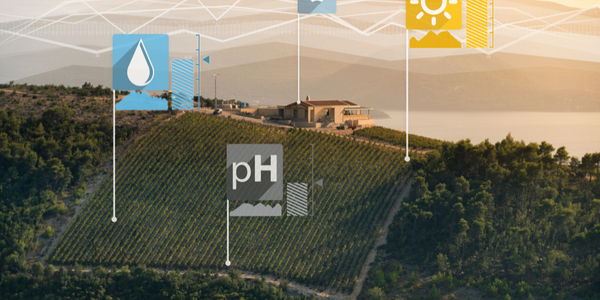
Case Study
Intelligent Farming with ThingWorx Analytics
Z Farms was facing three challenges: costly irrigation systems with water as a limited resource, narrow optimal ranges of soil moisture for growth with difficult maintenance and farm operators could not simply turn on irrigation systems like a faucet.
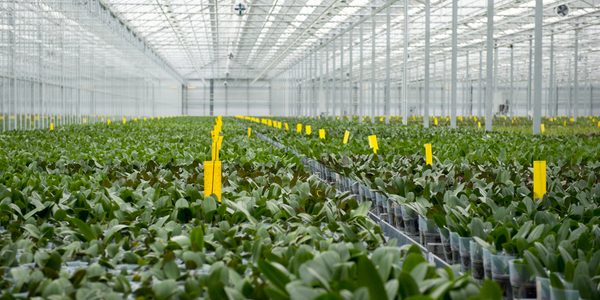
Case Study
Greenhouse Intelligent Monitoring and Control Solution
Farming Orchids is the most successful form of precision farming in Taiwan, and also the most exported flower. Orchids need a specific temperature and humidity conditions to grow and bloom, and its flowering time may not be in line with market demands, so the price collapses when there is overproduction. Therefore, some farmers began to import automated greenhouse control systems for breeding and forcing, which not only improves quality, but also effectively controls the production period and yield to ensure revenue. In 2012, an orchid farmer built a Forcing Greenhouse of about 200 pings (approximately 661 Square Meters) in Tainan, Taiwan. The system integrator adopted Advantech’s APAX-5000 series programmable automation controllers to build the control platform, coupled with Advantech WebAccess HMI/SCADA software, to achieve cloud monitoring. The staff of the orchid field can monitor important data anytime via smart phone, iPad, and other handheld devices, and control the growth and flowering conditions. System requirements: In the past, most environmental control systems of orchid greenhouses in Taiwan used PLCs (Programmable Logic Controller) with poorscalability and control, and could not be connected to the Internet formonitoring from the cloud. For advanced database analysis and networking capability, the PC platform must be adopted. Therefore, PAC Systems (Programmable Automation Controller) with both PLC programming capabilities andPC functions is a better choice.The environmental control of the Orchid greenhouse switches on and off devices like fan, shade net, cooling/heat pump, liquid flow control, water-cooling wall etc. It is controlled by a control panel of electric controllers, and is driven by a motor, to adjust the greenhouse temperature, humidity, and other environmental conditions to the set parameters.
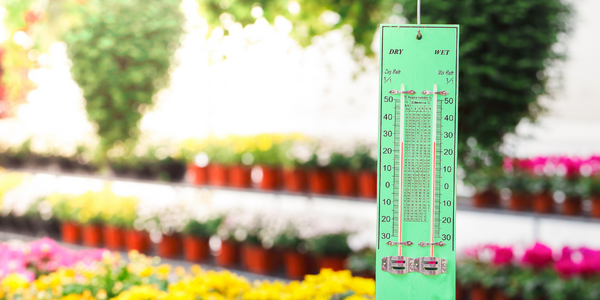
Case Study
Precision beekeeping with wireless temperature monitoring
Honeybees are insects of large economic value and provide a vital service to agriculture by pollinating a variety of crops. In addition, bees provide us with valuable products such as honey, beeswax, propolis, bee venom, etc. Monitoring of honeybee colony health, population, productivity, and environmental conditions affecting the colony health have always been exceedingly difficult tasks in apiculture. Research has shown that even small deviations (by more than 2°C) from the optimal temperatures have a significant influence on the development of the brood and the health of adult bees.
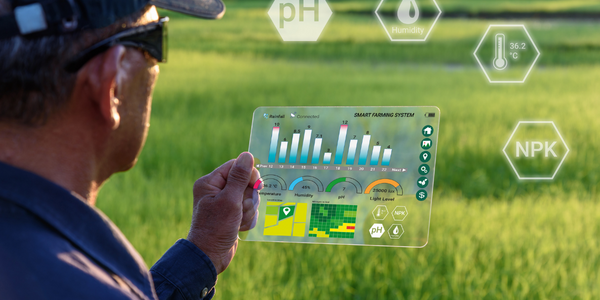
Case Study
Enabling Internet of Things Innovation in Agriculture
DigiBale, wanted to apply technology know-how and IP from implementations successfully to more agriculture sectors including cotton, forestry, sugarcane and cattle. However, farmers and growers still have worries about the connected technology.







